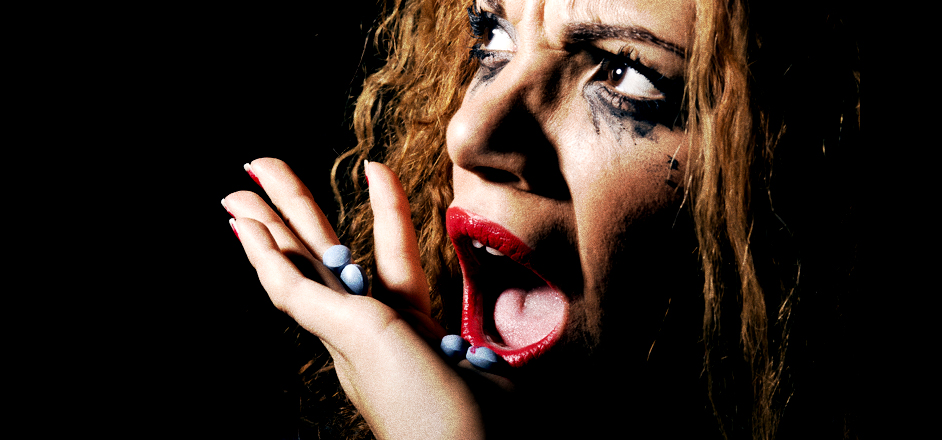In a room full of childhood friends, everyone around me is popping pills they call “yellow school buses.” I’ve never been the brave young soul from the D.A.R.E. commercials, courageously overcoming peer pressure to turn down drugs. I ask what it feels like. “It’s like getting drunk without taking a single shot,” my best friend says. I swallow my little yellow pill and smile.
The medication, I later learned, is Xanax. It’s designed to treat anxiety and panic disorders. It works by decreasing activity in the brain, which induces a sense of calm and deep relaxation. The slow, stupefied state of mind this brings about is known as being “barred out.” Not one of us was having an anxiety attack at the moment we popped our pills. We were only kids, and at the time, we didn’t have a worry in the world. Today, all the worries seem to overwhelm us almost every day.
This is a standard reaction to today’s overstimulated society. We’re all victims of a culture in which we’re ceaselessly swiping our phones, shuffling among podcasts, sensationalized news articles, and social media. We’re consistently checking FitBits to monitor our heart rates and filling yoga or meditation studios to calm our racing thoughts. We’re twirling fidget spinners between our fingers to occupy our nervous, restless hands. We’re popping anti-anxiety meds to quiet our psychological chaos.
According to the National Institute of Mental Health, anxiety has become the most common mental disorder in the United States. It seeps into our lives early, putting pressure on prepubescent children to score into high school honors and advanced placement classes, inducing anxiety disorders within one in four teens between the age of 13 and 18. The mounting stress follows us to college, where anxiety has become campuses’ most common health concern, disturbing students to the extent that more than half of campus clinics’ patients cite anxiety as a health concern. This strain continues culminating in adulthood, when many sufferers finally choose to take psychoactive action against their internal hysteria.
Many turn to cannabis, the alleged chill-out drug of our generation. Others drink themselves into serene oblivion. For a far more potent peace of mind, Xanax, Klonopin, Ativan, and Valium offer doctor-approved zombification. Prescriptions for the class of drugs these medications fall under, known as benzodiazepines, have more than tripled in the past 20 years, according to researchers at Reuters Health. The rate of overdoses on these drugs, according to the same study, has quadrupled.
Big pharma may be the force pushing these diagnoses to the forefront. In an overstimulated society with anxiety endlessly expanding, their prescription solutions are billion-dollar cash cows. By promoting the narrative that stress, a universal human attribute, is indicative of a disorder and their pills are the perfect antidote, they can keep swimming in a sea of licit drug money.
Unfortunately, pointing to sources of the problem is far easier than pointing to solutions. Among the possible approaches: states can provide increased access to substance abuse treatment services. They can implement prescription drug monitoring programs to ensure patients aren’t leaving the doctor’s office with bucketfuls of benzos. Law enforcement can focus manpower on shutting down pill mills (clinics that hand out prescription drugs like candy). Doctors, despite their ethical obligation to treat pain, can take extra efforts to recognize signs of abuse. With every corner of society — legislators, cops, pharmacies, doctors, and patients — fighting the scourge of prescription drug abuse, we can finally hope to keep the zombie apocolypse of barred-out Americans at bay.
Many of my friends still have an ugly habit of taking their “yellow school buses” to wind down. Whether they’re prescribed, buying off some sketchy dealer, or stealing from momma’s personal stash, they’re always able to get their hands on that liquorless drunk. Like almost every other American, they’re simply searching for composure in a society of chaos. I hope they end up happy with wherever those buses ultimately take them.



Leave a Reply